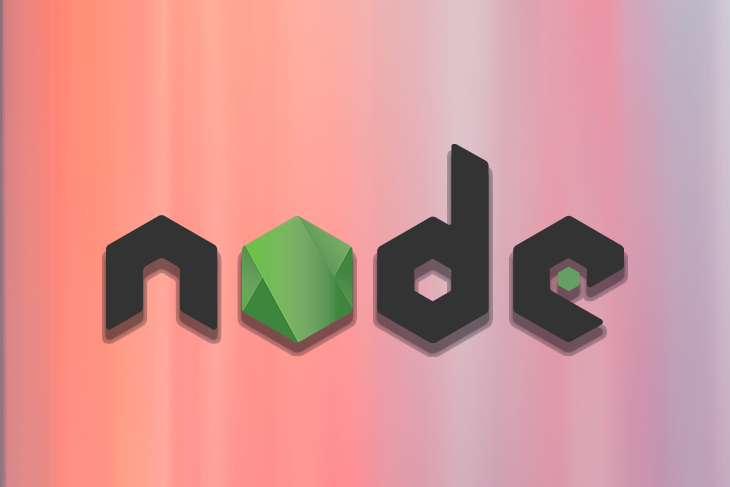Navigating the complex realm of AI agent architecture, a paradigm shift arises that sets these self-evolving entities apart from traditional software applications. Unlike conventional software with fixed functionalities, AI agents, powered by Large Language Models (LLMs) like GPT-4, demonstrate dynamic abilities in autonomous decision-making, adaptive learning, and integrated system operations. However, our in-depth analysis reveals that the AI agent ecosystem is still in its early stages, with notable gaps in ethical considerations and holistic component integration. Prominent agents, found on platforms like GitHub, are at the forefront of this transformative era, but they also highlight the challenges and opportunities faced by the industry. This article explores the intricacies of AI agent components, comparing them to traditional software blueprints, and provides a comprehensive view of the current AI agent development landscape, offering valuable insights for those envisioning the future of technology.
AI Agent Main Components:
1. Brain (Intellectual Core): Utilizes Large Language Models (LLMs) for natural language processing and understanding. Employs advanced machine learning algorithms for pattern recognition, decision-making, and problem-solving.
2. Memory (Information Storage): Utilizes databases for structured data (e.g., SQL databases), vector database systems like Pinecone for task context and agent lifecycle management, and local computer memory for quick access and processing.
3. Sensory (Input Interfaces): Includes modules for text parsing, image processing, audio processing, and video processing to interpret different types of input.
4. Goal (Primary Objective): Defines the agent’s main objective, which guides its actions and decisions. Can be specific or general.
5. Autonomous Operation: Employs self-sustaining algorithms that enable the AI to run, learn, and adapt independently. Includes self-regulation mechanisms to ensure adherence to predefined boundaries and ethical guidelines.
6. Communication Interface: Incorporates natural language understanding (NLU) and generation (NLG) modules for human-AI interaction. Also integrates with other software and systems through API integrations.
7. Ethical and Safety Protocols: Implements mechanisms to ensure ethical operation, such as “kill switch” or emergency stop mechanisms in case of unpredictable behavior.
8. Learning and Adaptation Mechanism: Utilizes reinforcement learning modules for adaptation and continuous learning algorithms to update its knowledge base.
9. Decision-making Framework: Employs algorithms that enable the AI to make decisions based on data, goals, and constraints.
10. Resource Management: Implements systems to efficiently manage computational resources, ensuring optimal performance without excessive energy consumption.
Software Application Main Components:
1. User Interface (UI): Provides a graphical or command-line interface for user interaction.
2. Functionality/Features: Performs specific tasks based on predefined instructions.
3. Input/Output Mechanisms: Facilitates input from users or other systems and displays or transmits output.
4. Data Storage: Includes databases, file systems, or cloud storage for saving application data.
5. Error Handling: Detects, reports, and handles errors or exceptions that occur during execution.
6. Authentication and Authorization: Ensures only authorized users access the application and perform allowed actions.
7. Configuration and Settings: Allows users to customize the software’s behavior or appearance.
8. Installation and Update Mechanisms: Enables software installation, update checks, and applying patches.
9. Interoperability: Integrates with other software or systems using APIs, plugins, or connectors.
10. Performance Optimization: Utilizes efficient algorithms and resource management for smooth operation.
11. Security Protocols: Implements measures to protect the software and its data, such as encryption and secure coding practices.
12. Logging and Monitoring: Tracks software operations for debugging and performance monitoring.
13. Documentation: Provides user manuals and developer guides for software usage and modification.
14. Support and Maintenance: Offers mechanisms for issue reporting, assistance for users, and continuous software improvement.
The main difference between AI agents and software applications lies in their purpose and behavior. While software applications perform specific tasks based on predefined instructions, AI agents operate autonomously, learn from data, and make decisions or take actions based on their learning and goals.
Comparative Overview: AI Agents vs. Software Applications:
| AI Agents | Software Applications |
|—|—|
| Objective: Adapts and learns from data and experiences | Objective: Performs specific tasks based on predefined instructions |
| Operation: Operates autonomously based on learning and objectives | Operation: Functions based on predefined rules and user inputs |
| Deterministic: No | Deterministic: Yes |
| Learning: Undergoes continuous learning and adaptation | Learning: Remains static unless explicitly updated |
| Decision-making: Makes decisions based on algorithms and learned data | Decision-making: Relies on user input and fixed algorithms |
| User Interface: May not have direct UI; interacts programmatically | User Interface: Has a direct UI for user interaction |
| Functionality: Adaptable tasks based on learning | Functionality: Offers specific features and functionalities |
| Data Storage: Dynamic storage adapting to new data and patterns | Data Storage: Fixed storage structure unless explicitly updated |
| Error Handling: Adapts and learns from errors | Error Handling: Reports errors and may require human intervention |
| Security: May have ethical protocols built-in for decision-making | Security: Relies on authentication and user permissions |
| Documentation: May have limited documentation due to dynamic learning | Documentation: Detailed documentation on features and functionalities |
| Interoperability: Can integrate with various systems dynamically | Interoperability: Interacts with other software via APIs or plugins |
| Support: Self-regulating and adaptive | Support: Requires support and updates from developers |
The evolution of AI agents holds immense significance in today’s fast-paced digital era. Their ability to perceive, reason, learn, and act autonomously positions them as transformative tools that can revolutionize various industries. Beyond their technical marvels, AI agents have the potential to reshape societal structures, enhance productivity, and enable new forms of human-computer collaboration. Understanding the intricacies of their development is crucial for anyone invested in the future of our digital world.
Currently, the AI agent development landscape reveals distinct differences and trends when compared to traditional software applications. Many AI agents in the market today do not encompass all the discussed components. A significant number rely heavily on LLMs like GPT-4 as their primary processing unit and utilize external memory provided by operating systems. Ethical considerations surrounding AI agents are often overlooked, despite their potential impact on human roles. Furthermore, most AI agents heavily rely on LLM capabilities for decision-making, with limited or no actual learning. Prominent AI agents like AutoGPT, Pixie from GPTConsole, gpt-engineer, privateGPT, and MetaGPT showcase unique features while reflecting the trends in the AI agent domain. For a comprehensive list of AI agents, aiagentlist.com offers detailed insights.
To bridge the gap between idealized AI agent components and the current state of the art, several steps can be taken. Increased investment in research and development can accelerate advancements in areas such as ethical considerations and holistic component integration. Collaborative platforms can facilitate knowledge sharing among developers and researchers to foster innovation and address existing shortcomings. Institutions and tech leaders should prioritize the development of ethical frameworks to guide AI agent deployment.
Overall, the evolution of AI agents represents a pivotal point in technological advancement, with far-reaching implications for our interconnected society. By understanding their development landscape, we can better navigate the future of technology and harness the potential of AI agents for the benefit of humanity.
Source link





















